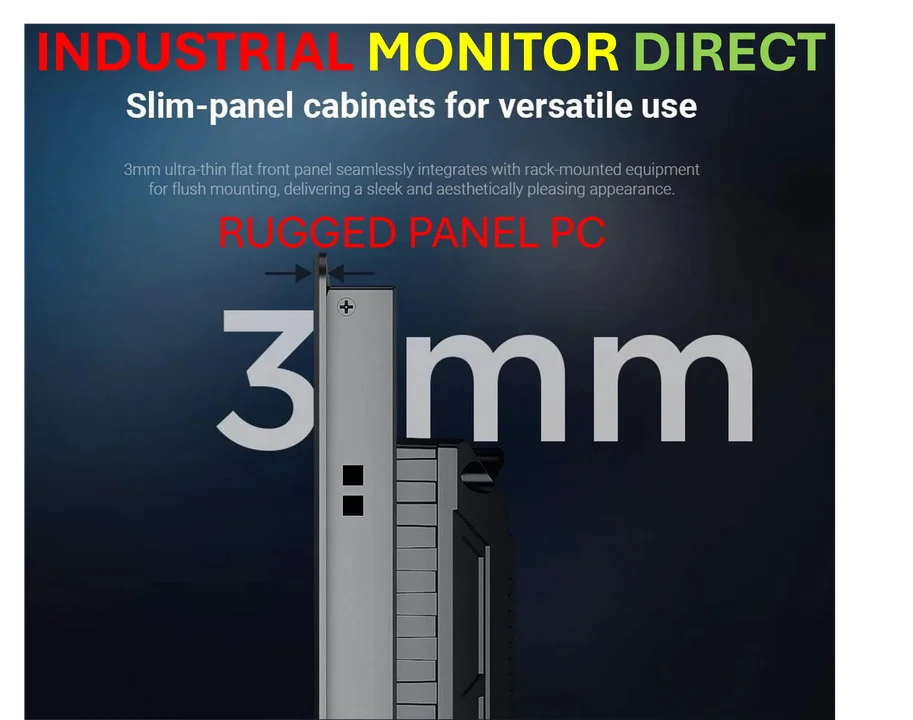According to ScienceAlert, researchers from Cedars-Sinai Medical Center have developed engineered ‘young’ immune cells that reversed Alzheimer’s symptoms in mice by improving memory test performance and boosting brain health markers. The team used human induced pluripotent stem cells to create mononuclear phagocytes, immune cells that naturally clean up cellular waste but become less effective with age. Biomedical scientist Clive Svendsen noted this approach improves upon previous methods using young mouse blood transfusions by creating lab-manufactured immune cells that showed benefits in both aging mice and Alzheimer’s mouse models. The treatment increased healthy microglia and mossy cells in the hippocampus, though it didn’t reach the brain directly and didn’t repair all Alzheimer’s-related damage like amyloid-beta buildup. This research opens new possibilities for treating age-related cognitive decline, though significant hurdles remain before human application.
Therapeutic Implications and Market Potential
The approach represents a significant evolution in cellular therapy for neurodegenerative diseases. Unlike traditional drug-based treatments that target specific proteins like amyloid-beta, this method addresses the broader systemic issue of aging immune function. The Cedars-Sinai research suggests we might be looking at a platform technology that could be adapted for multiple age-related conditions beyond Alzheimer’s, including Parkinson’s disease and general cognitive decline. The ability to manufacture these cells from induced pluripotent stem cells creates a scalable production model that could eventually serve millions of patients worldwide.
Business Model and Commercialization Challenges
The potential business model here resembles advanced cell therapy approaches used in oncology but faces unique regulatory and manufacturing hurdles. Creating personalized treatments from a patient’s own cells, as mentioned in the research, would position this as a high-cost, bespoke therapy initially. However, the study findings indicate that the benefits come from secreted factors rather than the cells themselves reaching the brain, which opens the possibility of developing off-the-shelf products or even identifying the specific therapeutic molecules involved. This could dramatically reduce costs and complexity compared to fully personalized cellular therapies.
Competitive Landscape and Strategic Positioning
This research enters a crowded but largely unsuccessful Alzheimer’s treatment landscape. Most current approaches focus directly on amyloid plaques or tau tangles, with limited clinical success. The immune system rejuvenation angle represents a fundamentally different strategy that could avoid the pitfalls of previous approaches. The previous research on blood plasma transfusions mentioned in the study created initial excitement but proved difficult to translate clinically. This new method addresses those translation challenges by creating standardized, lab-grown immune cells rather than relying on donor materials.
Realistic Development Timeline and Hurdles
The transition from mouse models to human treatments will be substantial. The researchers appropriately note that many benefits were observed in normally aging mice rather than Alzheimer’s models, and significant brain damage remained untreated. The earlier research on similar approaches shows how difficult translation can be. We’re likely looking at 5-7 years before human trials can begin, with additional years needed for safety testing and efficacy validation. The biggest challenge will be ensuring that the anti-inflammatory benefits observed in mice translate to human neuroprotection without causing unintended immune system complications.
Investment and Market Considerations
For investors and pharmaceutical companies, this research represents both opportunity and caution. The approach is scientifically compelling but faces the same translational challenges that have plagued previous Alzheimer’s breakthroughs. The most immediate opportunity may lie in developing the underlying platform technology for multiple indications rather than focusing solely on Alzheimer’s. Companies with expertise in stem cell manufacturing and cellular therapy delivery systems would be well-positioned to capitalize on this research direction, though they should anticipate significant regulatory scrutiny given the novel mechanism of action.




